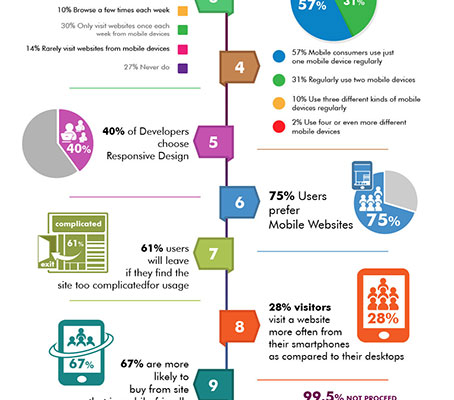Join Us As We Discover The Principles And Methods Behind Efficient Visual Pecking Order, And Discover How You Can Elevate Your Internet Site Design To New Heights
Join Us As We Discover The Principles And Methods Behind Efficient Visual Pecking Order, And Discover How You Can Elevate Your Internet Site Design To New Heights
Blog Article
Uploaded By-Ashley Dodd
Visualize a website where every component competes for your interest, leaving you really feeling bewildered and unclear of where to concentrate.
Now image a site where each aspect is thoroughly organized, assisting your eyes easily with the page, supplying a smooth user experience.
The distinction hinges on the power of visual power structure in site layout. By strategically arranging and focusing on components on a website, designers can produce a clear and intuitive course for users to follow, eventually boosting involvement and driving conversions.
Yet exactly how exactly can you harness this power? Join us as we discover the concepts and techniques behind reliable aesthetic pecking order, and discover how you can boost your web site style to new elevations.
Understanding Visual Power Structure in Web Design
To efficiently communicate info and overview customers with a web site, it's essential to recognize the idea of aesthetic pecking order in website design.
visit my web site pecking order refers to the arrangement and organization of components on a website to emphasize their value and produce a clear and user-friendly individual experience. By establishing a clear aesthetic pecking order, you can direct users' attention to the most vital details or activities on the web page, boosting use and interaction.
This can be accomplished with various design methods, including the calculated use size, color, comparison, and positioning of aspects. For instance, larger and bolder elements typically attract even more attention, while contrasting shades can develop aesthetic contrast and draw emphasis.
Principles for Efficient Aesthetic Hierarchy
Understanding the concepts for efficient visual pecking order is essential in developing a straightforward and interesting web site layout. By adhering to these concepts, you can make certain that your site effectively interacts information to individuals and guides their attention to the most important components.
One concept is to utilize dimension and scale to develop a clear aesthetic hierarchy. By making crucial components bigger and a lot more prominent, you can draw attention to them and guide users via the material.
One more principle is to utilize comparison efficiently. By utilizing contrasting shades, font styles, and forms, you can produce visual distinction and emphasize crucial info.
In addition, the principle of distance suggests that associated aspects should be organized with each other to visually attach them and make the website more arranged and simple to browse.
Implementing Visual Power Structure in Site Style
To implement aesthetic pecking order in website style, prioritize important components by adjusting their dimension, color, and setting on the web page.
By making key elements larger and extra famous, they'll normally attract the customer's interest.
Usage contrasting colors to develop aesthetic contrast and emphasize crucial information. For instance, you can make use of a bold or lively shade for headlines or call-to-action buttons.
Furthermore, think about the position of each aspect on the page. Location essential aspects on top or in the facility, as users tend to focus on these areas first.
Final thought
So, there you have it. mouse click the up coming internet site is like the conductor of a symphony, leading your eyes via the site style with skill and flair.
It's the secret sauce that makes a web site pop and sizzle. Without it, your design is just a jumbled mess of arbitrary aspects.
But with aesthetic power structure, you can produce a masterpiece that grabs focus, communicates successfully, and leaves an enduring perception.
So leave, my friend, and harness the power of visual pecking order in your site design. Your audience will thank you.
